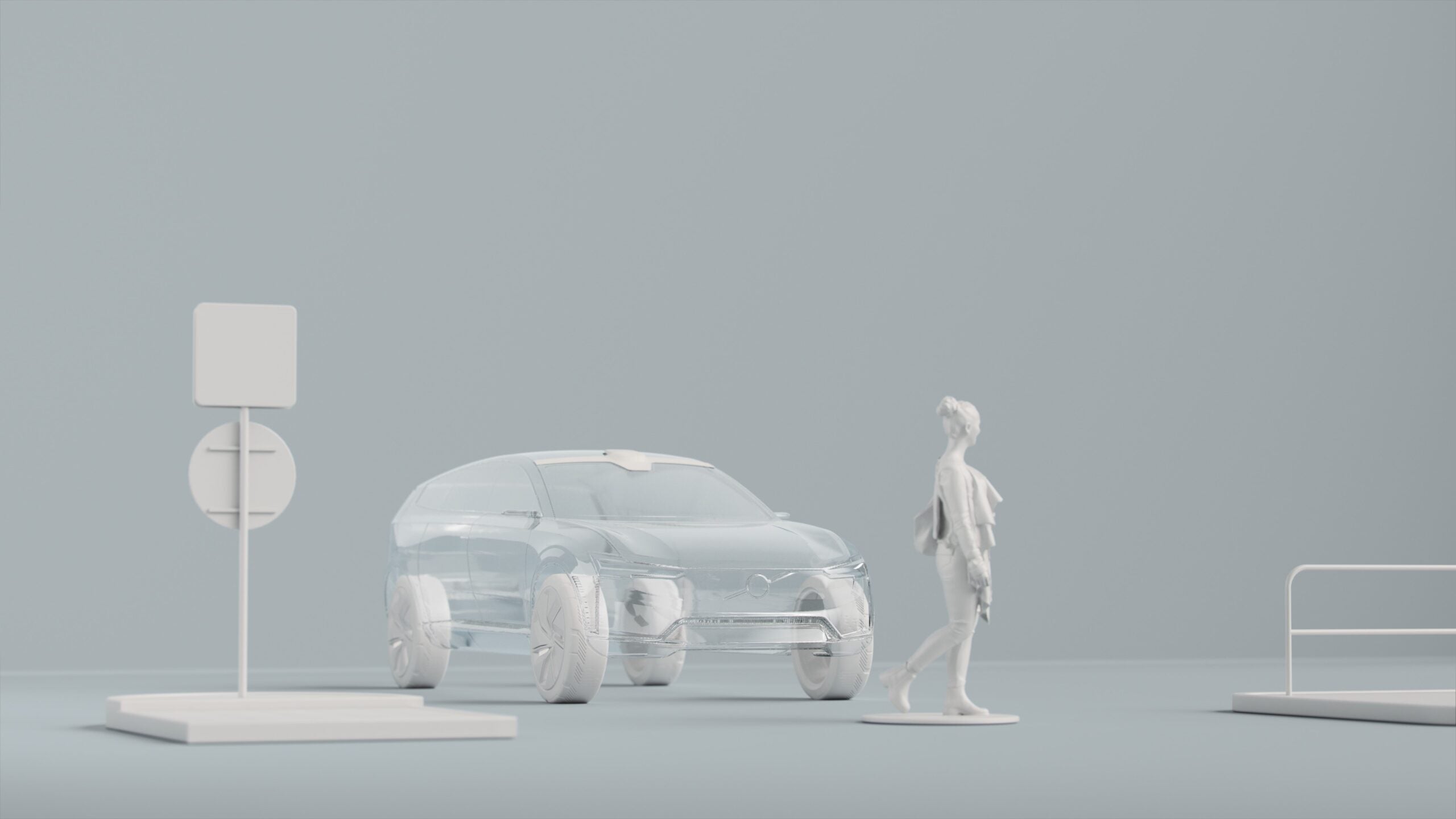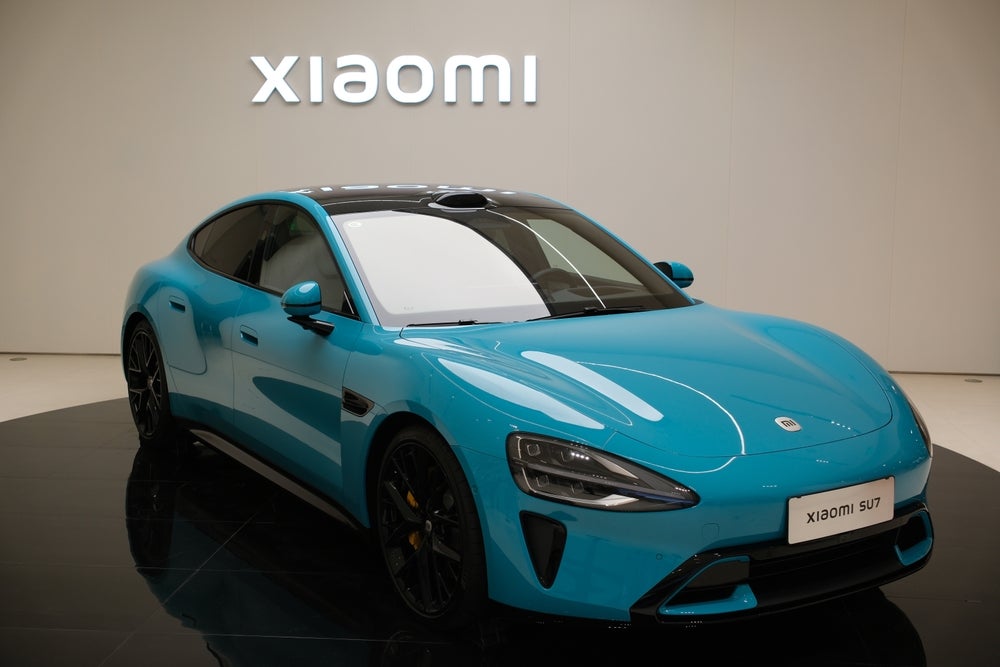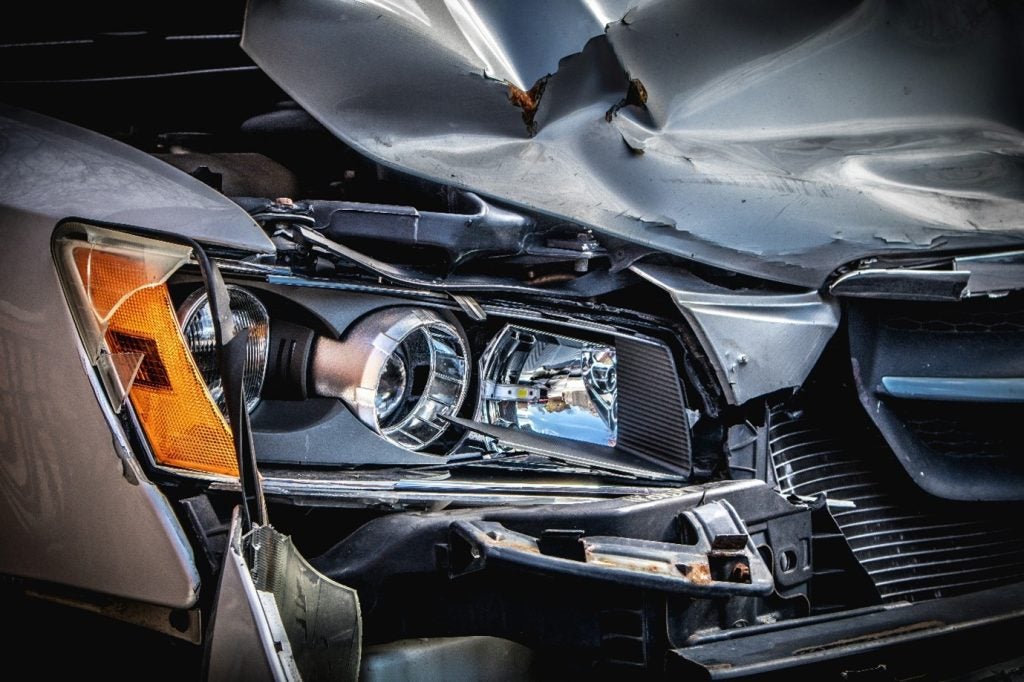
The next generation of Volvo cars are set to be the company’s safest ever, the automaker claimed, thanks to “cutting-edge” software and hardware levels, coupled with continuous and more rapid improvements to safety features with the help of real-time data.
The automaker said it had always taken a data-driven approach to safety, using traffic data from real-life situations to develop new safety technology and make its cars even safer. For its next generation of cars, it is now looking towards processing data from customer cars in real time, if customers choose to share data.
This data would include continuous inputs on the car’s environment from sensors such as the high-resolution Luminar LiDAR.
Engineers would be able to validate and verify autonomous drive (AD) features quicker, to promote a safe roll-out of AD technology. Thanks to the data generated from millions of kilometres driven by tens of thousands of drivers around the globe, engineers would be able to validate AD features for specific geographic locations much quicker than with a limited number of cars on a test track.
Verified updates to existing systems and new features can be rolled out rapidly through over-the-air-updates. The first car to benefit from this new approach to safety development is the company’s first SUV on a completely new electric-only technology base.
“With help from real-life data we can speed up our development processes and go from years to days,” said Odgard Andersson, CEO at Zenseact, Volvo Cars’ autonomous driving software arm. “As real-time collection generates a lot more data, we can create better and higher-quality data sets that allow us to make better and quicker decisions on the next advancements in safety. We’re taking a giant leap to increase safety in and around our cars.”
How well do you really know your competitors?
Access the most comprehensive Company Profiles on the market, powered by GlobalData. Save hours of research. Gain competitive edge.

Thank you!
Your download email will arrive shortly
Not ready to buy yet? Download a free sample
We are confident about the unique quality of our Company Profiles. However, we want you to make the most beneficial decision for your business, so we offer a free sample that you can download by submitting the below form
By GlobalDataTo process the real-time traffic data they will collect, the group is investing in a data factory that will contain more than 200 PebiBytes (225 million gigabytes) of data within the next few years. By using artificial intelligence (AI) capabilities, data can be crunched at record times. Customers will be able to choose whether this data is collected about them, and all collected data will be aggregated with adequate safeguards for customer privacy.
Mats Moberg, R&D chief, said: “We can now leverage AI as a new, virtual accident research team.”
The use of real-time data is part of a longer-term vision for a future where collisions simply no longer happen, by equipping cars with some of the best sensors available and advanced, continuously improving safety and autonomous drive systems.
The forthcoming fully electric flagship SUV will have industry-leading safety technology as standard, helping the company to save even more lives as it sets a new standard for automotive safety. Sensors include LiDAR and an autonomous driving computer powered by the NVIDIA Drive Orin system-on-a-chip, as standard.
Volvo Cars expects its new safety package to reduce fatalities and accidents as a whole.
Over time, the car will improve and have the hardware and software capabilities to allow the car to take over on its own in case the driver does not respond in life-threatening situations after repeated warnings. So while the driver always remains in ultimate control, the car and its safety technology can both support and watch over the driver like an extra pair of eyes and a brain.







